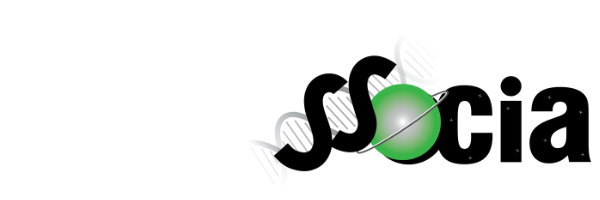
5.B. Communication and Education
Location
Student Union 323-B
Start Date
8-3-2022 10:45 AM
End Date
8-3-2022 11:45 AM
Description
- Defusing weird ideas about astrobiology / Carl DeVito
There are a great many people who have a deep curiosity about space, the possibility of life somewhere in space, and the possibility of such life coming here. To satisfy this curiosity many turn to the internet or “educational” television programs. Here they are often confronted with lurid tales of ancient alien intervention in human affairs, claims that extraterrestrials visit regularly, and even interact intimately with people. Ignoring the provocative questions raised on these websites and television shows leads to a suspicion that scientists are too arrogant to face “obvious” facts, and lowers public respect for their profession. This is serious because people with these views vote, and they are easy prey for political opportunists. But how should one go about addressing these questions? We will present one approach in this talk. - Astrobiologists Should Write Like Journalists and Talk Like Cavemen / Ryan Fortenberry
We write our scientific papers incorrectly and give talks often poorly. This leads to misunderstandings of science, especially within astrobiology. Scientific papers should be written in the journalistic style of the inverted pyramid with the most important information given first and finer but overall less important details following from this. The lead (first sentence) is the only thing that we can guarantee a reader will actually absorb. Hence, sentence one should have the most important information. This is a natural way that humans intake information. Journalists figured this out centuries ago, and scientists should catch up. Additionally, a good scientific talk is a campfire story with the visual aid serving as the campfire. A good talk forms a relationship between the audience and the speaker in the same way telling stories around a campfire builds human group cohesion. These new tenets of scientific communication can then also take the regular ways in which astrobiologists communicate with one another and make them more accessible even to non-scientists. This presentation serves as a general overview for the book Professional Science Communication (RSC, 2019) written by the presenter and will also have a sample presentation regarding the detectability of the smallest molecules that eventually go on to make rocky planets.
Recommended Citation
DeVito, Carl and Fortenberry, Ryan, "5.B. Communication and Education" (2022). Society for Social and Conceptual Issues in Astrobiology (SSoCIA) Conference. 19.
https://egrove.olemiss.edu/ssocia/2022/schedule/19
COinS
Mar 8th, 10:45 AM
Mar 8th, 11:45 AM
5.B. Communication and Education
Student Union 323-B
- Defusing weird ideas about astrobiology / Carl DeVito
There are a great many people who have a deep curiosity about space, the possibility of life somewhere in space, and the possibility of such life coming here. To satisfy this curiosity many turn to the internet or “educational” television programs. Here they are often confronted with lurid tales of ancient alien intervention in human affairs, claims that extraterrestrials visit regularly, and even interact intimately with people. Ignoring the provocative questions raised on these websites and television shows leads to a suspicion that scientists are too arrogant to face “obvious” facts, and lowers public respect for their profession. This is serious because people with these views vote, and they are easy prey for political opportunists. But how should one go about addressing these questions? We will present one approach in this talk. - Astrobiologists Should Write Like Journalists and Talk Like Cavemen / Ryan Fortenberry
We write our scientific papers incorrectly and give talks often poorly. This leads to misunderstandings of science, especially within astrobiology. Scientific papers should be written in the journalistic style of the inverted pyramid with the most important information given first and finer but overall less important details following from this. The lead (first sentence) is the only thing that we can guarantee a reader will actually absorb. Hence, sentence one should have the most important information. This is a natural way that humans intake information. Journalists figured this out centuries ago, and scientists should catch up. Additionally, a good scientific talk is a campfire story with the visual aid serving as the campfire. A good talk forms a relationship between the audience and the speaker in the same way telling stories around a campfire builds human group cohesion. These new tenets of scientific communication can then also take the regular ways in which astrobiologists communicate with one another and make them more accessible even to non-scientists. This presentation serves as a general overview for the book Professional Science Communication (RSC, 2019) written by the presenter and will also have a sample presentation regarding the detectability of the smallest molecules that eventually go on to make rocky planets.

